Breast augmentation surgery is a popular cosmetic procedure designed to enhance the size, shape, and overall appearance of the breasts. This surgery has become increasingly common among women looking to improve their self-confidence, correct asymmetry, or restore breast volume lost due to factors such as pregnancy, weight loss, or aging. If you are considering breast augmentation, it’s important to understand the process, benefits, risks, and what to expect during your journey.
What is Breast Augmentation?
Breast augmentation, also known as augmentation mammoplasty, is a surgical procedure that involves the use of breast implants or fat transfer to increase the size of the breasts. The goal of breast augmentation is to enhance the body’s contour and create a more balanced, symmetrical, and aesthetically pleasing appearance. It’s essential to note that breast augmentation is a highly personalized procedure, and the decision to undergo this surgery should be made based on your individual desires and expectations.

Types of Breast Implants
you have several options for the type of implants:
- Saline Implants: These implants are filled with sterile saltwater. They are inserted empty and then filled once in place, allowing for a smaller incision. Saline implants provide a firm feel and are less expensive than other types.
- Silicone Implants: Filled with silicone gel, these implants closely mimic the feel of natural breast tissue. They are pre-filled before insertion and require a slightly larger incision. Silicone implants are a popular choice due to their natural appearance and feel.
- Gummy Bear Implants: Also known as form-stable implants, these are a type of silicone implant that maintains its shape even if the shell breaks. They are firmer than traditional silicone implants and are often chosen for their stability and reduced risk of leakage.
- Fat Transfer: In some cases, breast augmentation can be achieved through fat transfer. This method involves removing fat from another part of the body, such as the abdomen or thighs, and injecting it into the breasts. This option is ideal for those seeking a more natural enhancement without the use of implants.
The Breast Augmentation Procedure
The breast augmentation procedure typically begins with a consultation with a qualified plastic surgeon. During this consultation, your surgeon will discuss your goals, assess your anatomy, and recommend the most suitable type and size of implant for your body.
On the day of the surgery, you will be given anesthesia to ensure your comfort throughout the procedure. The surgeon will make an incision in one of three locations: under the breast fold, around the areola, or in the armpit. The choice of incision depends on the type of implant, your anatomy, and the surgeon’s recommendation.
Once the incision is made, the surgeon creates a pocket either under the breast tissue or beneath the chest muscle. The implant is then inserted into this pocket and positioned for optimal symmetry and appearance. After the implant is in place, the incision is closed with sutures, and the area is bandaged to support healing.
The surgery typically takes one to two hours, and you will be monitored in a recovery area until you are ready to go home.
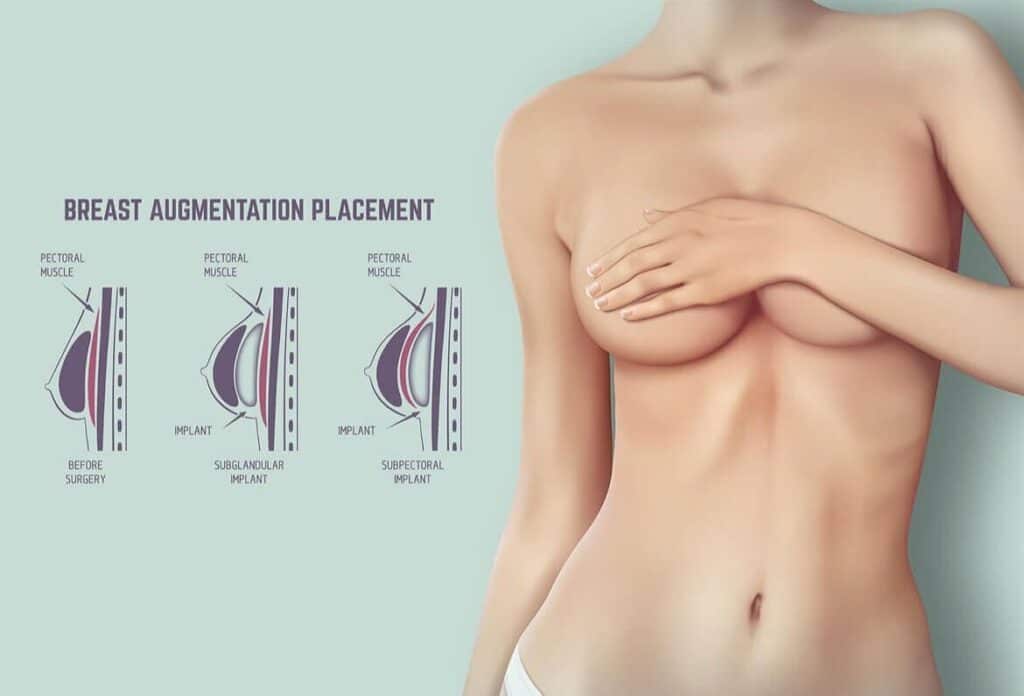
Recovery and Aftercare
Recovery from breast augmentation surgery varies from person to person, but most patients can return to work and normal activities within a week or two. During the first few days after surgery, you may experience swelling, bruising, and discomfort, which can be managed with prescribed pain medication.
Your surgeon will provide detailed aftercare instructions, including how to care for the incision sites, when to resume exercise, and what to expect as your breasts heal. It’s important to follow these instructions closely to ensure a smooth recovery and optimal results.
Risks and Considerations
Like any surgical procedure, breast augmentation carries certain risks. These may include infection, bleeding, changes in nipple or breast sensation, implant rupture, or capsular contracture (a condition where scar tissue forms around the implant). It’s crucial to discuss these risks with your surgeon and weigh them against the potential benefits before making a decision.
Additionally, breast implants are not guaranteed to last a lifetime, and you may require additional surgeries in the future to replace or remove the implants.
Conclusion: Is Breast Augmentation Right for You?
It is a highly effective way to enhance your appearance and boost your self-confidence. However, it’s essential to make an informed decision by consulting with a skilled and experienced plastic surgeon. By discussing your goals, understanding the procedure, and considering the potential risks, you can determine whether breast augmentation is the right choice for you.
If you’re considering breast augmentation, consult Dr. Kanika Singla, a leading Plastic Surgeon in Meerut, to learn more about your options and take the first step towards achieving your desired look.
FAQ
Breast augmentation surgery typically takes about 1 to 2 hours. However, the total time at the surgical facility may be longer, as it includes preoperative preparations and postoperative recovery time.
Most patients can return to work and light activities within a week or two after surgery. However, strenuous activities, heavy lifting, and exercise should be avoided for at least 4 to 6 weeks, or as advised by your surgeon.
In many cases, it does not interfere with the ability to breastfeed. However, this can depend on the type of surgery and the placement of the implants. It’s important to discuss your plans for breastfeeding with your surgeon during the consultation to ensure the procedure is tailored to your needs.

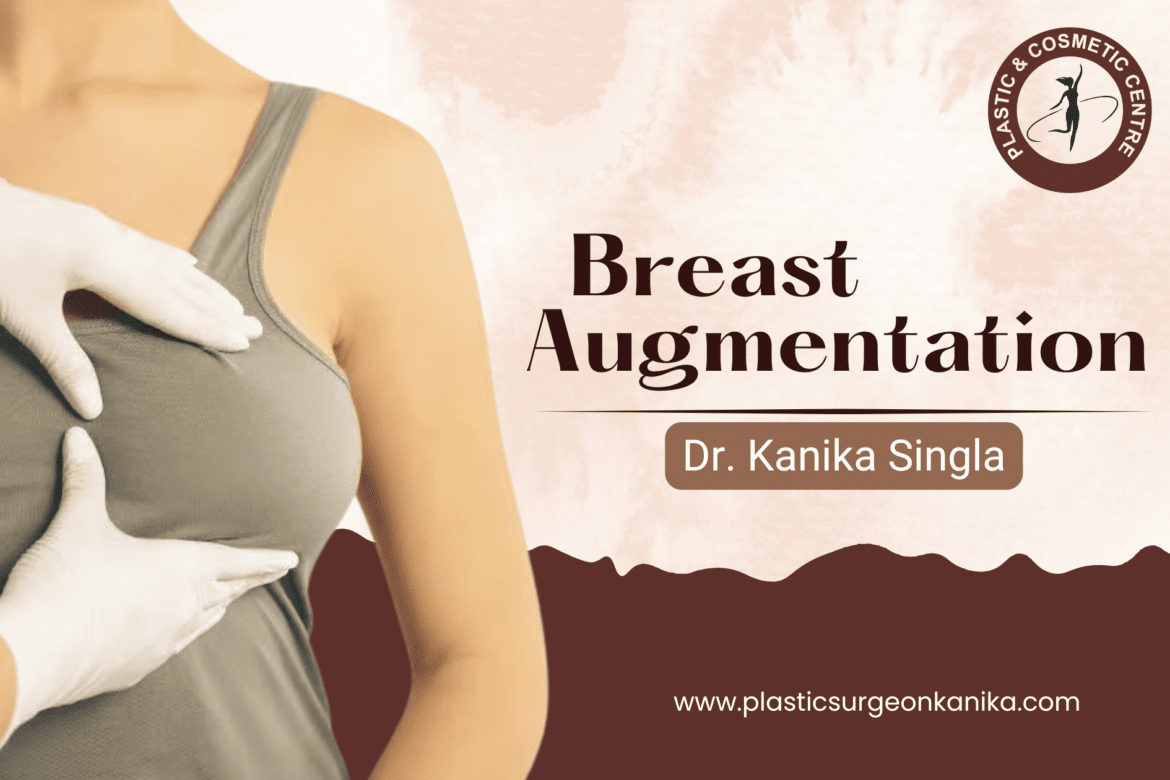
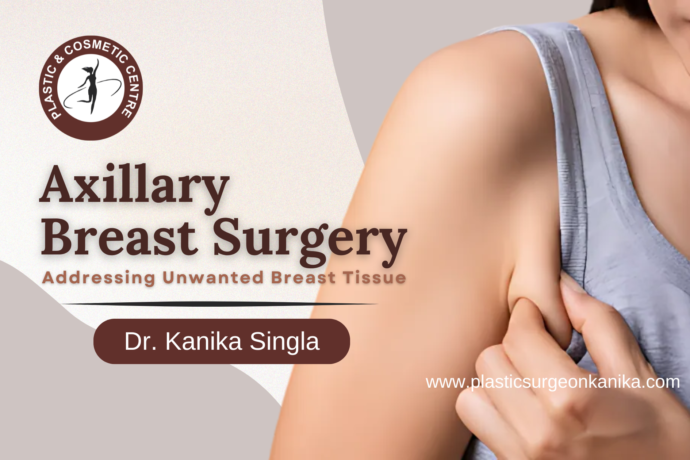
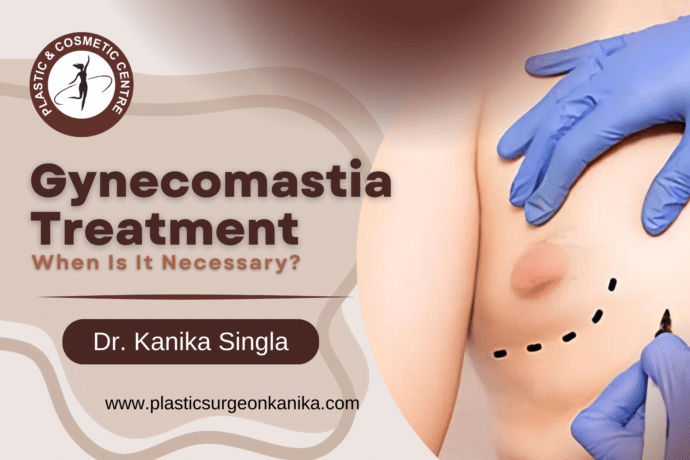

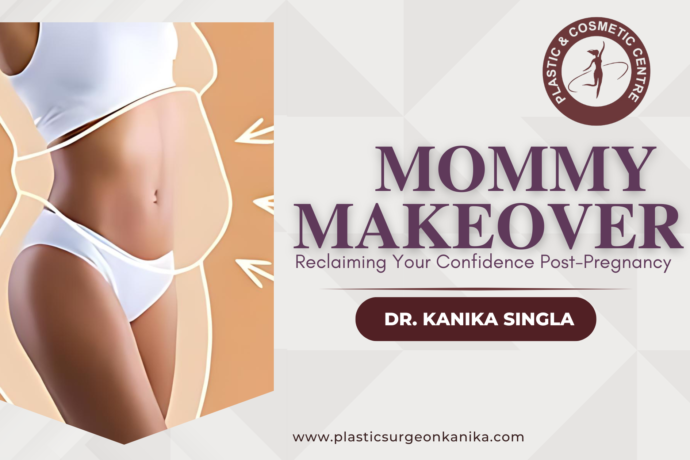


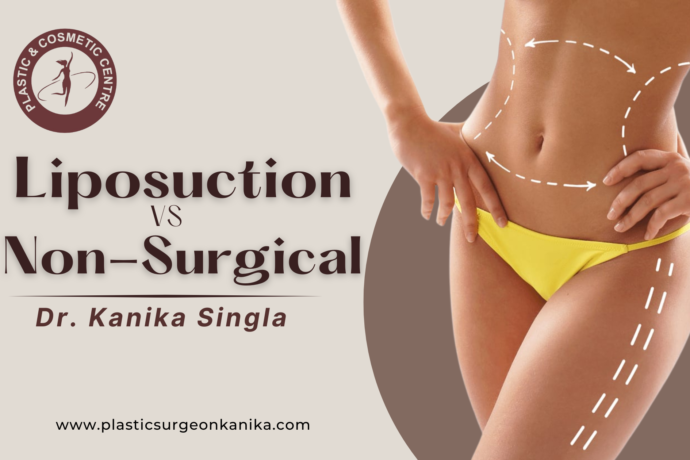

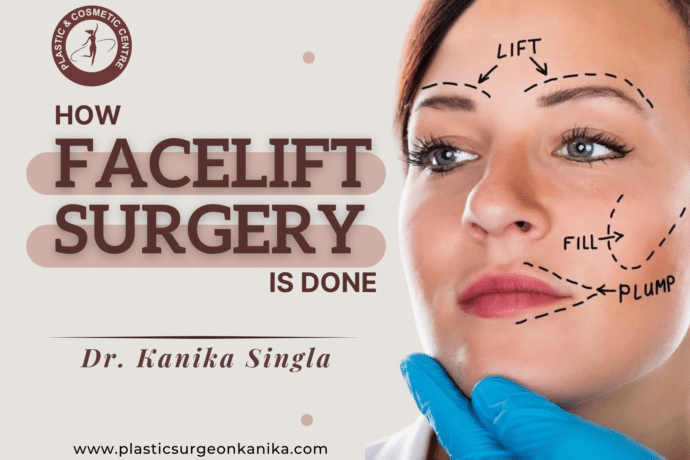
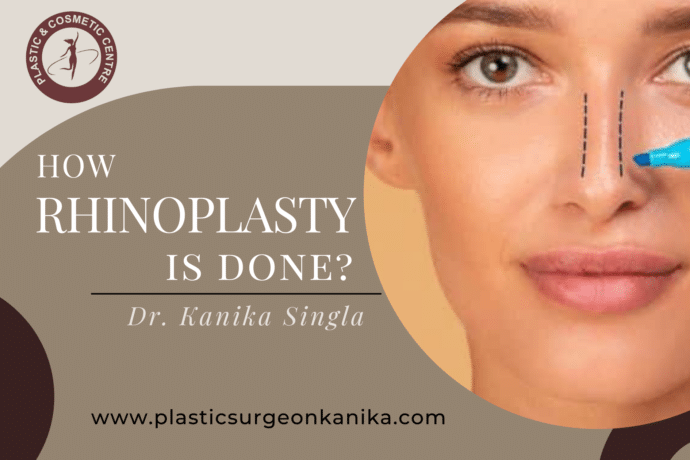
Leave a comment